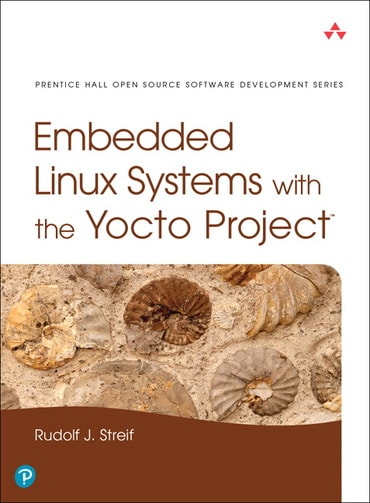Switch content of the page by the Role togglethe content would be changed according to the role
Embedded Linux Systems with the Yocto Project, 1st edition
Published by Pearson (May 2, 2016) © 2016
- Rudolf J. Streif
eTextbook
C$42.49
C$62.49
Need help? Get in touch

